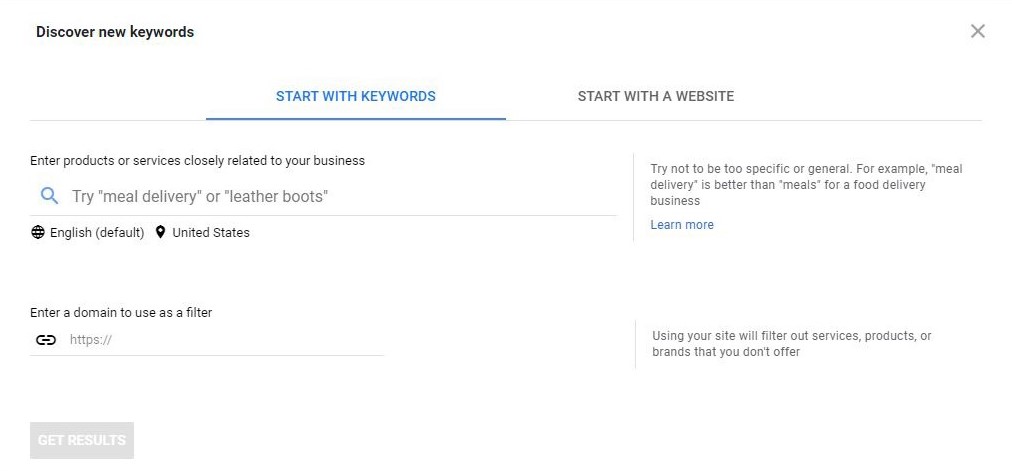Pay-Per-Click (PPC) advertising campaigns are a great marketing method to target a specific audience by identifying keywords, user interests, locations and behaviors you want to attract.

PPC ads appear most frequently on search result pages of platforms such as Google, Bing or Amazon. In a nutshell, PPC ads are a version of internet marketing in which businesses will create ads that will appear when a user searches for certain keywords. If the user clicks on the ad, then the businesses will pay a fee associated with each click.
With PPC, you have control over how to reach your audience, where to place your ad, such as Google, Bing or Amazon, and how much you want to spend. Within hours of creating your campaign, you can see fast, measurable results to help you make better advertising decisions.
Whether you are deciding if PPC ads are right for your businesses or looking to optimize your current campaigns, follow along as we debunk three common misconceptions about PPC advertising.
Myth #1: It’s expensive!
When done correctly, PPC can be a more affordable option than many traditional marketing methods. With PPC ads, you can set daily and monthly budgets that you are comfortable with. Your ads will stay active until your budget runs out, ensuring every dime is spent on as much advertising as possible.
The key to determining the right budget is to focus on the results you want from your campaign. Look at how many conversions you want to gain, Average Order Value (AOV), Gross Margin Percentage and Cost Per Acquisition to work backward into your budget to guarantee you are paying just the right amount for the return you want.
Online tools such as Google Keyword Planner can help you determine which keywords to bid on as well as cost and traffic estimates, which will also determine your budget.

Myth #2: One version of creative elements will suffice.
A best practice for PPC ads is to A/B test your creative elements. Creating variations of your ad with different text formats, lengths and phrases will allow platforms like Google to recognize best performing ad creatives to improve your campaign. It may seem like extra work, but you will have peace of mind knowing you are creating ads that will generate real results.
Myth #3: Set it and forget it.
This assumption can end up hurting your campaign performance. Your PPC ads require constant review, analysis and optimization to get the most out of your campaigns and to keep up with the ever-changing search result dynamics. Researching new keywords, keeping an eye on competitors and discovering new search trends in your target advertising niche are ways to make sure your ad continues to deliver desired results.

For many businesses, the time commitment for ongoing optimization can be daunting. Turn to an agency of seasoned professionals to assist at every stage of your ad’s life cycle. Our team will help you strategize on your budget, keyword selection, experimentation, scalability, sales and customer growth, web traffic and much more.
Learn more about how to use Google Analytics to monitor and gain insight into ad performance and audience behaviors on our Google Analytics 101 blog.
Have questions or want to learn more about PPC? Reach out to our team of experts who can analyze and report on your PPC data to help you better understand your advertising decisions. Give us a ring at 757.962.7375 or shoot us an email at info@ReedandAssociatesMarketing.com.

